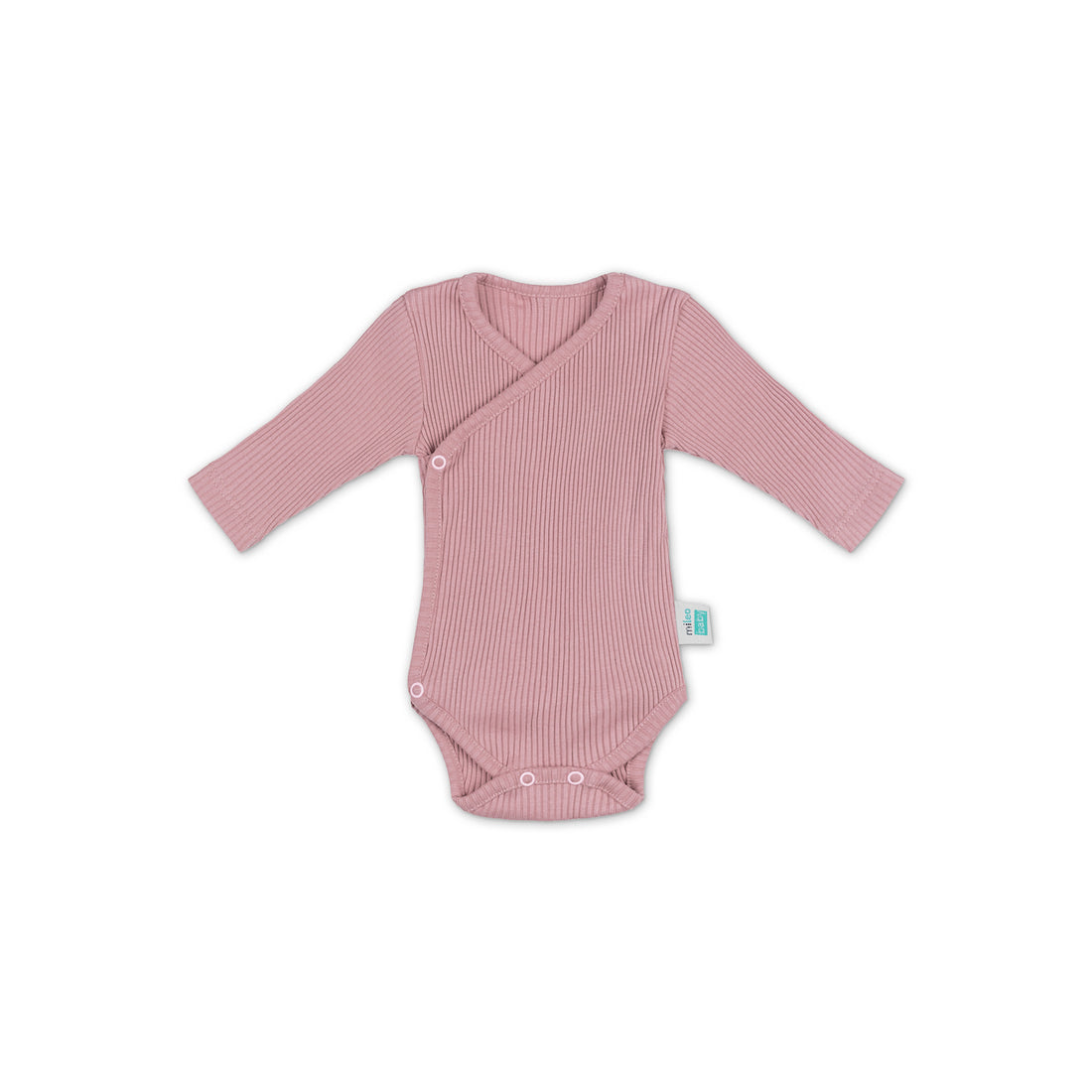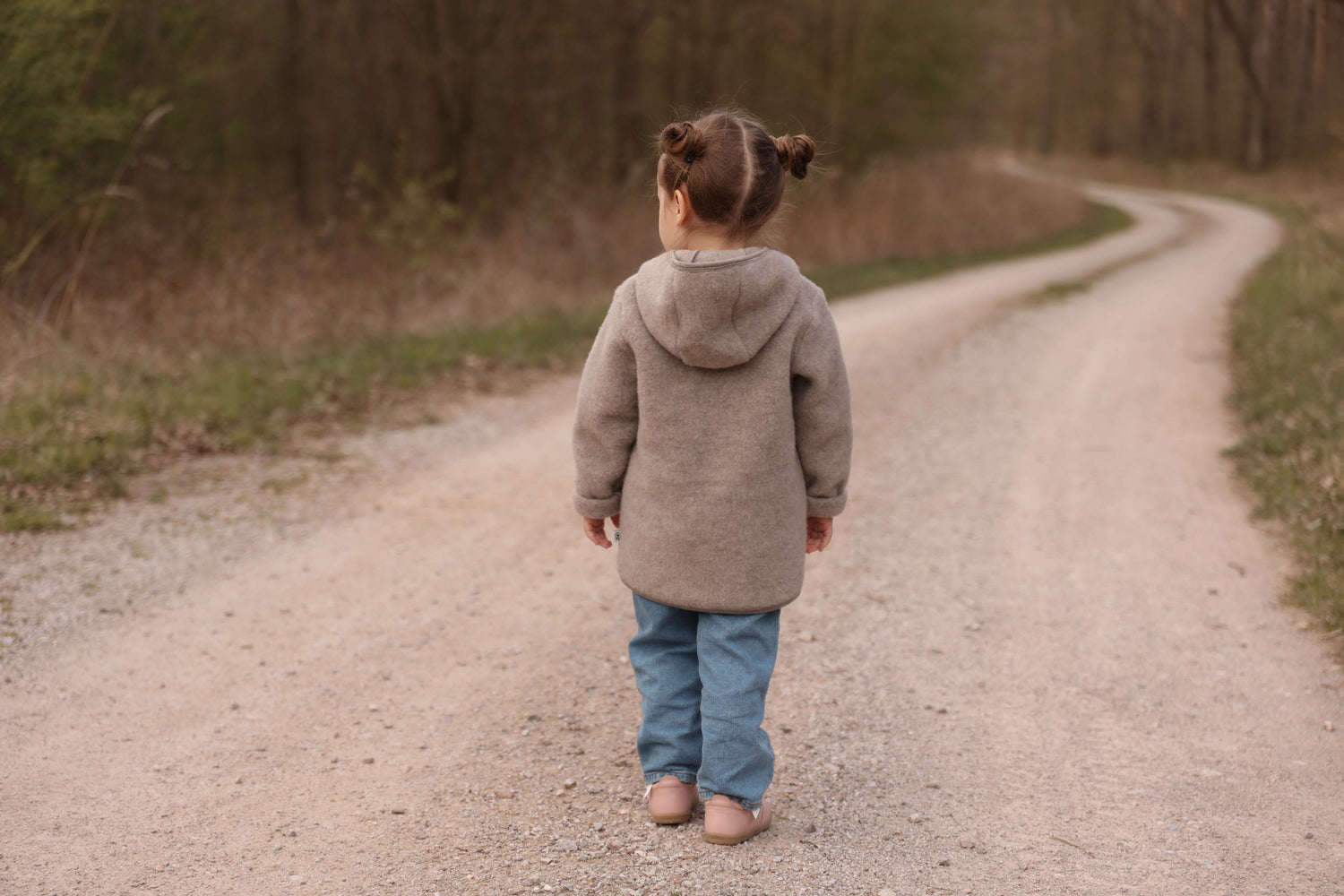How many times have you looked at your baby's clothes and wondered, "Will this stain ever come out?" Whether it's a stubborn carrot stain on a baby bodysuit, grass stains from an afternoon at the park, or an unexpected spill of baby cereal, parents constantly battle with keeping their little one's clothes clean. Although baby clothes are designed for comfort and style, they are inevitably exposed to various stains—from food to mud to crayons and paints. Stubborn stains can be frustrating, but with the right stain removal methods, you can restore your baby's clothing to its original condition.
Why choose natural stain removal methods?
Babies have sensitive skin, and their delicate clothing should be treated with care. Many commercial stain removers contain harsh chemicals that can irritate the skin, cause allergies, or leave residues on fabrics. Choosing natural stain removal methods ensures that baby clothes remain soft, safe, and free from harmful substances. Moreover, eco-friendly solutions are biodegradable and better for the environment.
Choosing the right cleaning agent
Every stain on baby clothing is different and requires an individual approach. Choosing the right cleaning agent is key to effectively removing stains without damaging the fabric. Below are several categories of stains and the best cleaning solutions for each type.
Greasy stains (e.g., olive oil, butter):
- Baking soda: Works as a natural degreaser. Simply apply it to the stain, wait a few minutes, and then rinse with water.
- Dish soap: Its ingredients effectively break down grease, making it a great solution for these types of stains
Protein stains (e.g. milk, egg):
- Cold water: Hot water will set the protein into the fabric, so always rinse with cold water.
- Mild laundry detergent: Apply a small amount to the stain, let it sit, and then rinse.
Dye-based stains (e.g., fruit juice, crayons):
- Vinegar: Neutralizes many dyes and can be applied to the stain before washing.
- Alcohol: Particularly effective for tough stains like ink or marker.
When choosing a cleaning solution, it's important to consider the type of fabric. Delicate materials like silk or wool may require specialized cleaning agents. Additionally, always check the care label on the clothing to avoid accidental damage during stain removal.
How to safely use these cleaning agents?
Using the right cleaning solution is one thing, but the technique also plays a crucial role. Even the best stain remover won’t work if used incorrectly or at the wrong stage of stain removal. To avoid damaging your child's favorite outfit while effectively removing stains, follow these guidelines:
- Test first: Before applying any solution to the entire garment, test it on a small, hidden area of the fabric.
- Don’t rub—dab gently: Rubbing can push the stain deeper into the fabric. Instead, gently dab the stain remover onto the affected area.
- Always follow the care label: Clothing manufacturers provide washing instructions that help preserve the fabric, so always check the label before treatment

Common stains and how to remove them naturally
Food stains: how to remove carrot stains and more
Carrot stains
Carrot are vegetables that most of the parent start with when it comes to introducing solids to babies. I remember vividly all the carrot stains on bodysuits and pants and trying many things to remove them. This is what works best in my opinion:
- Rinse the stain immediately with cold water.
- Expose the fabric to sunlight—natural UV rays help break down the orange pigment. Trust me - this is a game changer!
- If the stain persists, soak the clothing in warm water with lemon juice or vinegar for 30 minutes before washing as usual.
Stains from raspberries, blueberries, and other fruits
When children eat fruits like raspberries or blueberries, they often squeeze them in their hands, causing the juice to drip onto their clothes. If you act quickly and treat the stain immediately after the meal, you might not even need to scrub it. Fresh stains from raspberries or blueberries can be removed simply by pouring boiling water over them. Pour the hot water directly onto the stain until it disappears completely. After this treatment, rinse the clothing or put it straight into the wash.
For dried fruit stains, it’s best to soak the garment first, then apply lemon juice to the stain, scrub gently, and rinse thoroughly.
Milk and formula stains:
- Rinse with cold water first.
- Apply a paste of baking soda and water or use gall soap.
-
Wash in warm water with mild detergent.
Baby cereal and porridge stains:
- Scrape off any excess and rinse with cold water.
- Soak in a solution of warm water and vinegar for 30 minutes.
- Wash with an eco-friendly detergent.
Other common stains (blood stains, grass stains, oil and grease stains, old and set-in stains)
How to remove blood stains
- Rinse with cold water immediately.
- Apply hydrogen peroxide or a salt paste (mix salt with water) and let it sit for 10 minutes.
- Wash in cold water with natural soap.
Grass stains removal
- Apply lemon juice or vinegar to the stain and let it sit for 10 minutes.
- Wash with gall soap and rinse thoroughly.
- Sun-dry for best results.
How to remove ink/pen stains from clothes?
- If a large area is stained, place the garment in a bowl of rubbing alcohol and let it soak for 15 minutes.
- Then, use a sponge to dab and lift the ink from the fabric.
- Rinse the clothing in cold water afterward. The final step is to wash the garment in warm water with a mild detergent.
Oil and grease stains
- Sprinkle cornstarch or baking soda on the stain to absorb the grease.
- Let it sit for 15 minutes, then brush it off.
- Wash with warm water and a mild detergent.
Old and set-in stains
- Soak the garment in a mix of warm water and vinegar for at least one hour.
- Use a natural stain solution like gall soap to scrub gently.
- Wash in warm water and air dry.
Using these natural methods will help keep baby clothing fresh, soft, and free from unnecessary chemicals. Always check the care labels on baby garments before applying any treatment.









